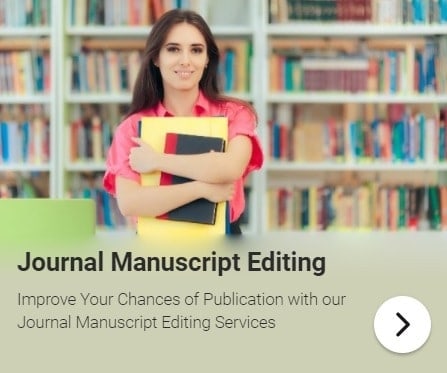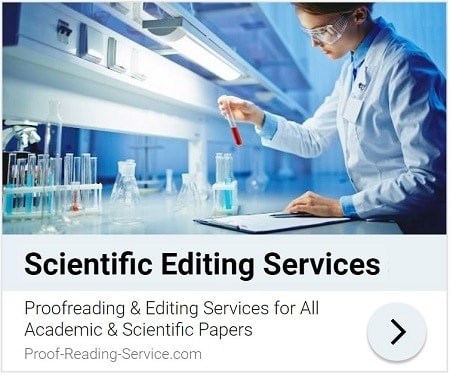
Table of Contents (Guide To Publication)
Part II: Preparing, Presenting and Polishing Your Work – Chapter 3
3. Deciphering Journal Guidelines and Designing an Effective Presentation
Paradoxically, successfully following the author guidelines or instructions provided by academic and scientific journals (usually on their web sites) can be both the simplest and most complicated aspect of preparing a scholarly paper for publication. If your first language is not English and you’re dealing with author instructions written in English, following the guidelines becomes even more complicated because exactly what is meant can sometimes be tricky to decipher even for native English speakers. The requirements differ from journal to journal, sometimes slightly and at others enormously, and some journals provide extremely detailed instructions about almost every part or feature of a paper, while others are far more general and leave much about presentation up to the author. No matter how small or insignificant a detail requested by a journal may seem, however, it should be treated with great importance. If, for instance, a journal’s guidelines call for a 10-point Times New Roman font with 1.3 line spacing but 1.8 before headings, which should be in a 12-point font, don’t question it – simply adjust the format of your paper to conform to the requirements. The journal would not have given such detailed instructions if this format weren’t important, and it’s much easier to comply than to have your paper rejected simply because you think such details unimportant or even because you have a better reason, such as considering a 10-point font too small for readers or preferring double spacing for clarity.
Journal guidelines can also be helpful in ways not necessarily intended by the journal. For example, if the guidelines use ‘e-mail’ (with a hyphen rather than without one), the hyphenated form is almost certainly the best one to use in your paper. Do be careful, however, because journal guidelines can be as inconsistent as other texts online (‘e-mail’ may be used in one paragraph and ‘email’ in the next), so keep your eyes open to such inconsistencies, which can also crop up in the specific instructions offered to authors. You might have just determined, for instance, from the description of referencing formats provided in a set of guidelines that you definitely need a full stop after each date in a reference list, only to discover that the very next example provided by the journal does not use one. In such cases, you can always consult articles already published by the journal to see how their authors dealt successfully with such confusing instructions, but in the end a decision about which format will be best in your own paper will need to be made, and whether you choose to use that full stop or not, it’s essential to be consistent and use the same format throughout your paper.
Indeed, as with so many other aspects of preparing academic or scientific writing for publication, a combination of accuracy and consistency is the name of the game when following journal guidelines. Many scholars consider matters of presentation and formatting secondary to the research, results and argument of a paper, and in literal terms, this is true: without the content of a paper, there is nothing to format or present. Whether the format of an article is considered a priority by academics and scientists or not, however, effective formatting can greatly increase the clarity of a paper and it is most certainly a priority for the editors of journals: were it not, there would be no point in providing instructions for authors. Formatting is the most visible aspect of a paper and can be checked at a glance, which means that it is often used by editors as a measure of many other elements of a paper that take much more time to identify and judge. By ignoring author guidelines and presenting your work in an inappropriate, incorrect or inconsistent format, you provide an overworked editor inundated with stacks of submissions the opportunity to clear one more piece of work off his or her desk, often without even reading your abstract.
The assumption that there is a correlation between the quality of scholarship in a paper and the quality of its presentation is not always correct – good scholarship can be hidden in poorly prepared papers, after all, and beautifully presented work can contain poor scholarship – but there is nonetheless truth in the idea that an author who can accurately and consistently follow instructions and format his or her paper just as the journal would have it is also an academic or scientist who reads and refers to sources and reports methods and results in accurate and meaningful ways. Exactitude and precision are, after all, not just required by journals, but also elements of quality scholarship, and there is no doubt that many editors think about guidelines and scholarship in precisely these ways: a well-organised paper heralds a well-organised mind. Such compliance on the part of authors also indicates to an editor their willingness to be accommodating and work effectively with the journal to achieve successful publication. So the primary message here is to make your paper look as good to the journal you’ve chosen for submission as you believe the work that went into the paper is – you’ve put lot of time and effort into writing your article, so it certainly deserves the chance to shine.
This article is part of a book called Guide to Academic and Scientific Publication: How To Get Your Writing Published in Scholarly Journals. It provides practical advice on planning, preparing and submitting articles for publication in scholarly journals.
Whether you are looking for information on designing an academic or scientific article, constructing a scholarly argument, targeting the right journal, following journal guidelines with precision, providing accurate and complete references, writing correct and elegant scholarly English, communicating with journal editors or revising your paper in light of that communication, you will find guidance, tips and examples in this manual.
This book is focusing on sound scholarly principles and practices as well as the expectations and requirements of academic and scientific journals, this guide is suitable for use in a wide variety of disciplines, including Economics, Engineering, the Humanities, Law, Management, Mathematics, Medicine and the Social, Physical and Biological Sciences .






